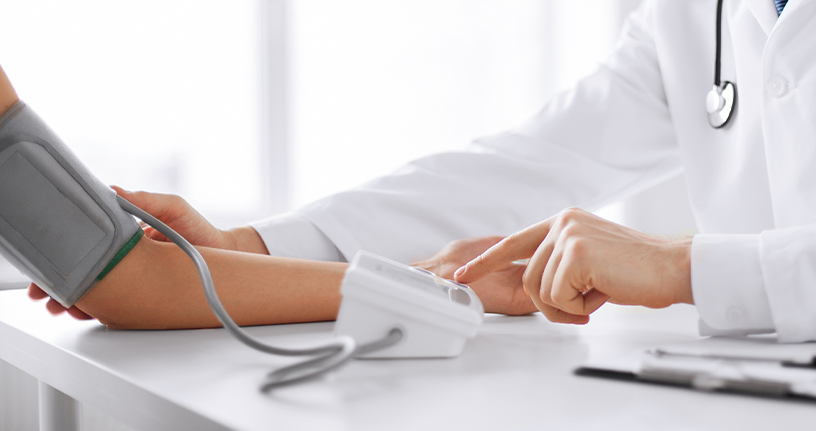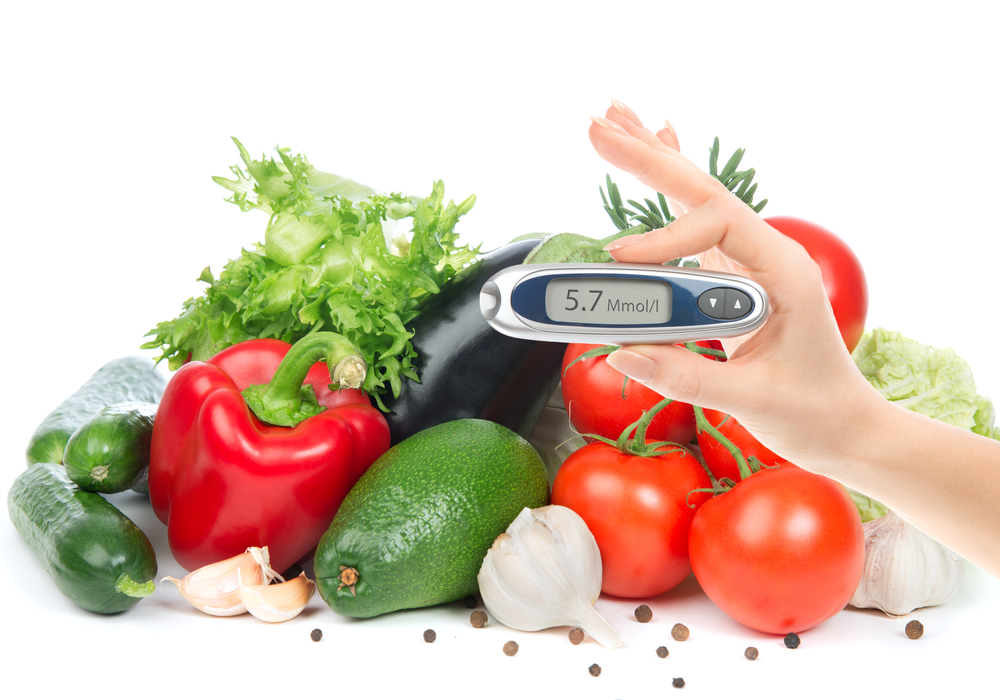Low blood pressure or hypotension can sometimes cause dizziness and other symptoms. Consuming plenty of fluids, wearing compression stockings, and other strategies may help increase blood pressure. Low blood pressure treatment usually begins by determining why it’s happening. This article will help you learn about low BP range and low blood BP symptoms with helpful tips to achieve controlled blood pressure goals.
Blood pressure & Facts
Around 10% of people in the world are suffering from low BP. It is more commonly experienced by the elderly, patients with comorbidities, and females. Causes of low blood pressure include pregnancy, heart and valve conditions, dehydration, blood loss, severe infection, severe allergic reactions, or lack of nutrients in your diet. For some people, blood pressure might seem desirable, and for some people, it causes no problems. However, abnormally low blood pressure (hypotension) can cause dizziness and fainting in other people. A sudden and extreme decline in blood pressure can be life-threatening.
Low blood pressure that doesn’t cause symptoms or that shows only mild symptoms rarely requires medical attention. If low blood pressure is causing bothersome symptoms, the treatment depends on the condition’s cause. For example, if medicines contribute to signs of low blood pressure, your healthcare professional may advise you to change or stop the medicine or lower the dose. Do not change or discontinue treatment without first speaking to your healthcare professional. If the exact cause of hypotension is unclear or no treatment exists, the goal is to increase and reduce low blood pressure symptoms. There are several ways to do this depending on age, health, and the type of low blood pressure.
Low blood pressure and symptoms
A blood pressure reading lower than 90 mm (systolic) or 60 mmHg (diastolic) is generally considered low blood pressure. For some people, low blood pressure could be an indication of an underlying problem, especially when there is a significant drop in blood pressure or is accompanied by low blood pressure symptoms such as dizziness, light-headedness, fainting, fatigue, nausea, vomiting, blurred vision, rapid or shallow breathing, confusion or difficulty concentrating, cold, clammy skin, weakness, and pale skin.
Extreme hypotension can cause life-threatening conditions. Symptoms include:
-
-
- Cold, clammy, pale skin
- Confusion, especially in elderly people
- Weak and rapid pulse
- Rapid, shallow breathing
-
Most people with low blood pressure do not need medical attention to increase blood pressure. There are numerous natural ways and lifestyle changes to increase blood pressure, including the following lifestyle changes:
-
- Ensure a sodium-rich diet: A low-sodium diet is not good for everyone with blood pressure problems. People with low blood pressure are advised to increase their sodium intake moderately to help increase blood pressure.
- Avoid foods that lower BP: Berries, bananas, beet, dark chocolate, watermelon, oats, garlic lentils, pulses, and pomegranates may reduce blood pressure. However, these foods are extremely beneficial for those with high blood pressure.
- Avoid alcoholic beverages: Alcohol can cause a further reduction in blood pressure, so people with low blood pressure should avoid excessive alcohol consumption.
- Discuss medicines with your doctor: Low blood pressure can be an adverse effect of various medicines. If symptoms of blood pressure appear after starting a medicine, an individual should discuss them with their health care provider.
- Drink plenty of water: Consuming more water can help increase blood volume, which can remove one of the major causes of low blood pressure. It can also help to avoid the risk of dehydration.
- Have small meals frequently: Eating smaller, more frequent meals throughout the day may help people with low blood pressure. This is because smaller meals help to prevent a significant decline in blood pressure associated with consuming larger and heavier meals.
- Sitting at crossed leg position: Sitting in the crossed leg position has been shown to increase blood pressure. However, for hypertensive patients, this can be a problem. For those with hypotension, crossed legs may help increase blood pressure with very little effort.
- Wear compression stockings: Wearing compression stockings helps reduce the blood caught in the lower legs and feet, shifting it to another place. Compression stockings also relieve pressure and pain associated with varicose veins.
- Avoid sudden position changes: Standing from a sitting or lying position can cause a feeling of light-headedness, dizziness, or fainting in people with low blood pressure. In these cases, the heart hasn’t pumped sufficient blood throughout the body quickly enough to account for the sudden change in position.
- Know the symptoms: Low blood pressure is only considered a problem if symptoms appear. If the symptoms do not exist, low blood pressure should be taken as a sign of good health.
Conclusion
It is extremely important for an individual to know the symptoms and to look out for ways if their blood pressure begins to cause problems. Try these tips, and you may see results in a few weeks. Also, try to carry a low blood pressure chart provided by your health care professional with you. Controlled blood pressure reduces your risk of heart attack and stroke. In severe cases, medication is an effective option.




